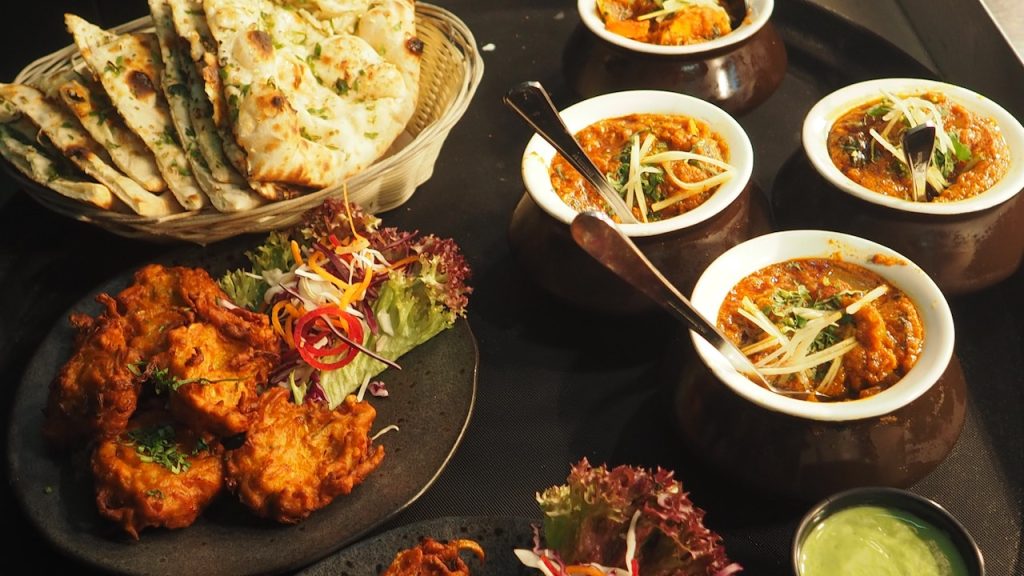The menu is the heart and soul of any dinner party. It is a focal point, drawing guests together and igniting conversations around the table. Furthermore, a thoughtfully designed menu demonstrates your hospitality and care for your guests. It showcases your attention to detail and your desire to provide them with an exceptional dining experience.
However, determining what goes into a perfect dinner party menu is a tough nut to crack. This is particularly true for people with little to no experience in cooking or hosting parties. Well, we can help you with that. In this blog, we are sharing insider tips for planning a perfect dinner party menu. So keep reading to throw a feast that will be etched in the memories of your guests long after the party is over:
1. Consider Dietary Restrictions
When planning a dinner party menu, you must be mindful of your guest’s dietary restrictions. That way, you can send a powerful message to your guests that their preferences matter to you. Moreover, it ensures that all guests can fully engage in the dining experience without feeling left out.
Although difficult, you can follow some tried-and-true tips to accommodate dietary restrictions while still delivering a delightful gastronomic experience for all guests:
- Ask for dietary information: Before the event, ask your guests if they have specific dietary restrictions or allergies. It will help you decide the menu accordingly.
- Label dishes: Be it scrumptious pineapple chicken or any other mouthwatering dish, remember to clearly label each dish with the ingredients used in the dish. That way, everyone can easily identify what they can and cannot consume.
- Be careful of cross-contamination: If you prepare restricted and non-restricted dishes, take precautions to prevent cross-contamination. Use separate utensils, cutting boards, and cooking surfaces to avoid any accidental mixing of ingredients.
- Offer customizable options: Prepare dishes where guests can customize their plates according to their dietary needs. For example, create a taco bar with various protein options (meat, vegetables, etc.) and toppings and sauces.
2. Focus On Presentation
Presentation evokes a sensory experience even before the first bite. The arrangement of the ingredients, the use of garnishes, and the overall visual composition can stimulate the appetite. Plus, when guests see an attractively plated meal, they are more likely to appreciate the effort that went into the process.
When it comes to the presentation of a dinner party menu, attention to detail is key. You may start with the overall theme or ambiance you want to create. The presentation should align with the desired atmosphere, whether it is an elegant formal dinner or a casual gathering.
Next, think about the arrangement of each dish. Consider the ingredients’ shape, color, and texture, and how they could be arranged on the plate to create a visually appealing composition. Use the empty space on the plate strategically to make the dish inviting. At the same time, be sure that the plate looks open.
Lastly, pay heed to the final touches. Use a clean towel or cloth to wipe away any smudges on the plate’s edges. Consider adding a final flourish, such as a sprinkle of finishing salt or a dusting of powdered sugar.
3. Consider The Season
You will often have more flavorful ingredients when you shop and cook according to the season. The availability of seasonal produce ensures that you use ingredients at their peak freshness, maximizing their taste and nutritional value.
Taking cues from the weather can help you plan your menu. During hot summer days, refreshing and light dishes become more appealing. Think of juicy slices of watermelon, salads bursting with seasonal vegetables, or chilled gazpacho. In contrast, slow-cooked stews and hearty soups are always a hit during winter.
To determine what is hot-trending in a specific season, you can consult seasonal produce calendars available online or refer to cookbooks. Additionally, your local greengrocer, butcher, and fishmonger could provide valuable insights into what ingredients are currently abundant.
4. Plan A Cohesive Progression of Flavors
Creating a memorable culinary experience requires skillfully arranging dishes for a seamless transition from one taste to the next. It is about considering flavors, textures, and intensities to create a balanced dining experience, like narrating a tale with food.
Start with milder flavours and work your way up to bolder, more intense flavours as a general guideline. With this process, guests may take their time eating and gradually prepare their taste buds for the spicier foods.
For instance, if you are aiming for a Mediterranean theme, start with a refreshing appetizer like a Greek salad—juicy tomatoes, crisp cucumbers, and tangy feta cheese. It sets the tone perfectly.
Moving on, consider serving a delightful seafood dish like lemon-herb roasted salmon with a side of sautéed vegetables. This brings together the salad’s freshness and adds a generous dose of vitamins.
To end the meal on a sweet note, baklava would be an excellent choice to serve as dessert.
Conclusion
As the host of a dinner party, menu planning is your secret weapon to make the evening truly remarkable. Do not let the complexity overwhelm you! We have put together a surefire checklist to simplify the process for you. So roll up your sleeves and get into it right away!

